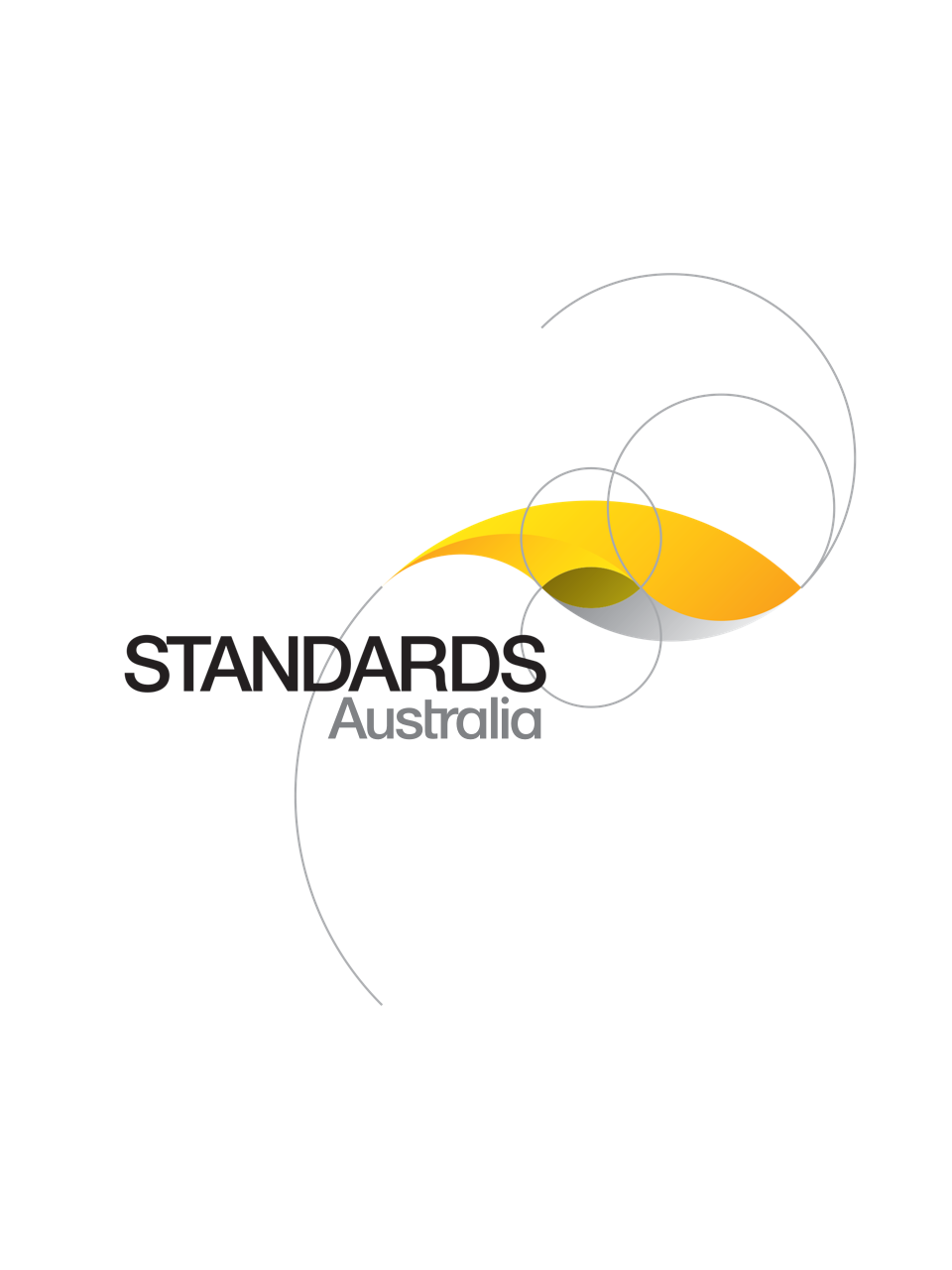Standard
UPDATE AVAILABLE
AS 1670.4:2018
[Superseded]Fire detection, warning, control and intercom systems - System design, installation and commissioning, Part 4: Emergency warning and intercom systems
The objective of this Standard is to specify the design, installation and commissioning requirements for emergency warning systems and emergency intercom systems used in buildings for the evacuation of building occupants in the event of a fire or other type of emergency.
Published: 21/12/2018
Pages: 55
Table of contents
Cited references
Content history
Table of contents
Header
About this publication
Preface
Introduction
1 Scope and general
1.1 Scope
1.2 Application
1.3 Normative references
1.4 Definitions
1.5 Abbreviations
1.6 Measurements
1.6.1 Tolerance
1.6.2 Spacing
1.7 System design
1.7.1 General
1.7.2 Baseline data
1.7.3 Alterations to existing systems
1.8 Application of normative references
2 System configuration
2.1 Components
2.1.1 General
2.1.2 Components emergency warning system (EWS)
2.1.3 Components emergency intercom system (EIS)
2.1.101 EWS as part of a FDAS
2.1.4 Connectable devices
2.2 Emergency zone limitations
2.3 Networked CIE
2.4 Distributed parts of CIE
2.5 Transmission path faults
3 Installation requirements
3.1 General
3.2 Control of connectable devices
3.2.1 General
3.2.2 Supervision
3.3 Control and indicating equipment (CIE)
3.3.1 Location
3.3.2 Covering door
3.3.3 Clearance
3.3.4 Working environment
3.3.5 Emergency zone block plan
3.4 Equipment cabinets
3.4.1 Mechanical protecton
3.4.2 Labelling
3.5 Power supply equipment (PSE)
3.5.1 General
3.5.2 Main power source
3.5.3 Standby power source
3.5.4 Power supply equipment rating
3.5.5 Standby power source capacity
3.5.6 Battery capacity calculation
3.5.7 PSE selection
3.5.8 Batteries and cabinets — Location
3.5.9 Battery cabling wiring
3.6 Cabling systems
3.6.1 General
3.6.2 Conductors
3.6.3 Cable marking
3.6.4 Termination
3.6.5 Stress on conductors
3.6.6 Joints
3.6.7 Transmission path supervision
3.6.8 Transmission path protection
3.7 Emergency procedures
3.8 Operator’s instructions
3.9 Commissioning of system
4 Emergency warning system installation requirements
4.1 General
4.2 Functional requirements
4.2.1 Distribution of audible emergency warning signals
4.2.2 Initiation
4.2.3 Locations of manual call point (MCP)
4.2.4 Manual call points (MCP)
4.2.4.1 General
4.2.4.2 MCP for emergency evacuation
4.2.4.3 MCP for non-evacuation emergencies
4.2.4.4 MCP for electric lock release
4.2.4.5 MCP for operation or inhibition of other function
4.2.4.6 Operation of MCP for emergency
4.3 Delay before entering emergency warning condition
4.4 Alert signal in automatic mode
4.5 Evacuate signal
4.6 Visual alarm signals
4.7 Output from emergency loudspeakers
4.101 Audio transmission path splitters
4.8 Speech messages
4.9 Intelligibility
4.10 Interconnection to the FDCIE
4.11 Competing sound systems
4.12 Use of the emergency warning system for non-emergency purposes
5 Emergency intercom system installation requirements
5.1 General
5.2 EICIE
5.3 Warden intercom points (WIP)
5.3.1 General
5.3.2 Sound levels during an emergency
5.3.3 Location
5.3.4 Crosstalk, clarity and intelligibility
5.3.5 Audible call signal
Appendix A
A.1 General checks
A.2 Specific emergency warning system checks
A.3 Specific intercom system checks
A.4 Documentation
A.4.1 General
A.4.2 Log
Appendix B
B.1 Protection against mechanical damage
B.1.1 General
B.1.2 WSXX
B.1.3 WSX1
B.1.4 WSX2
B.1.5 WSX3
B.1.6 WSX4
B.1.7 WSX5
Appendix C
C.1 Battery capacity calculations
C.2 Main power source calculations
Appendix D
Appendix E
Appendix F
Appendix G
Appendix H
H.1 General
H.2 SPL measurements required
H.3 Locations of SPL measurements
H.4 SPL measurement details
Appendix I
I.1 Choice of measurement
I.2 Status of the sound system
I.3 Number of measurements and calculation of the results
I.4 Sound pressure level (SPL)
I.5 Ambient noise level
Appendix J
J.1 General
J.2 Methods of measurement
J.2.1 Speech transmission index (STI)
J.2.2 Rapid (or room) acoustics speech transmission index (RASTI)
J.2.3 Phonetically balanced (PB) word scores
J.2.4 Modified rhyme test (MRT)
J.2.5 Articulation index (AI)
J.2.6 Articulated loss of consonants
J.3 Limitations of the methods
J.3.1 General
J.3.2 Speech transmission index (STI)
J.3.3 Rasti
J.3.4 Phonetically balanced (PB) word scores (256 and 1009 Population)
J.3.5 Articulation index
J.3.6 Articulation loss of consonants
J.4 Correlation of the results of the various methods
Appendix K
Bibliography
Amendment control sheet
AS 1670.4:2018
Amendment No. 1 (November 2021)
Revised text amendment
Cited references in this standard
[Current]
Automatic fire detection and alarm systems, Part 17: Warning equipment for people with hearing impairment
[Current]
Fire detection, warning, control and intercom systems - System design, installation and commissioning, Part 1: Fire
[Current]
Fire detection, warning, control and intercom systems - System design, installation and commissioning, Part 4: Emergency warning and intercom systems
Content history
[Current]
[Superseded]
[Superseded]
DR AS 1670.4:2018
One-time Purchase
Access via web browser on any device
One-time purchase
Single publication
Offline access via PDF^
$170.80 AUD
Inclusive of GSTFormat *
Web Reader
Licenses *
1 License (for yourself - not shareable)
Total$170.80 AUD
IMPORTANT
